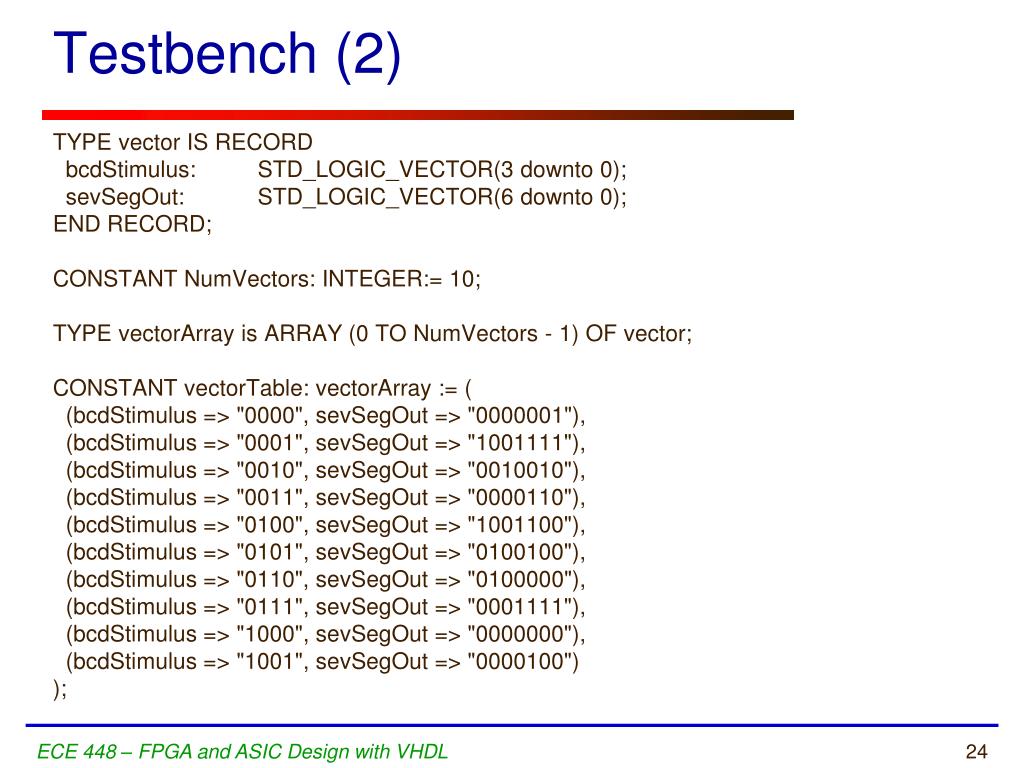


We also highlight discrepancies between demand and availability. We describe the state of the art in production and supply of the most potent clinically relevant α-emitters. In the current review, we asked a group of experts to highlight research challenges and opportunities for the rapidly evolving field of TAT. Several comprehensive reviews about various aspects of TAT, including radiochemical considerations ( 7), and preclinical and clinical applications have been published ( 8, 9). Therefore, the demand for α-emitters often significantly exceeds availability and supply. Alternatively, irradiation of highly radioactive targets at specialized facilities or generation from uncommon isotopes may be required. The high atomic number (Z) of TAT radionuclides, resulting in complex production and lengthy irradiation using powerful reactors or cyclotrons, creates this problem. However, the major bottleneck for conducting translational research with α-emitters is their limited availability. Significant efforts are required to optimize the formulation of stable radiopharmaceuticals, determine microdosimetry, and advance clinical studies. This power generates maximal damage to targeted cells while minimizing off-target effects on healthy tissues ( 6). Because of their high linear-energy transfer and high energy (several megaelectronvolts), TAT radiopharmaceuticals deliver therapeutic power within a range of a few cell diameters. Targeted α-therapy (TAT) combines α-emitting radionuclides with selective delivery systems (e.g., peptides or antibodies). Improved access to a portfolio of selective α-emitting bioconjugates and radiopharmaceuticals is an important requirement for preclinical evaluations, clinical trials, and translation ( 4, 5).

Although not a bioconjugate, Xofigo ( 223RaCl 2 Bayer) received clinical approval, representing an important milestone in the translation and application of α-emitter–based radiopharmaceuticals ( 3). α-emitting radionuclides have also been applied successfully in research and the clinic. Targeted radionuclide therapy has seen important clinical breakthroughs, notably originating from the successful clinical translation of prostate-specific membrane antigen–targeted and somatostatin receptor–targeted therapy with β − emitters (notably 177Lu) ( 1, 2). For most TAT radionuclides, current demand significantly exceeds the available supply, but international efforts for increased production are under way.


 0 kommentar(er)
0 kommentar(er)
